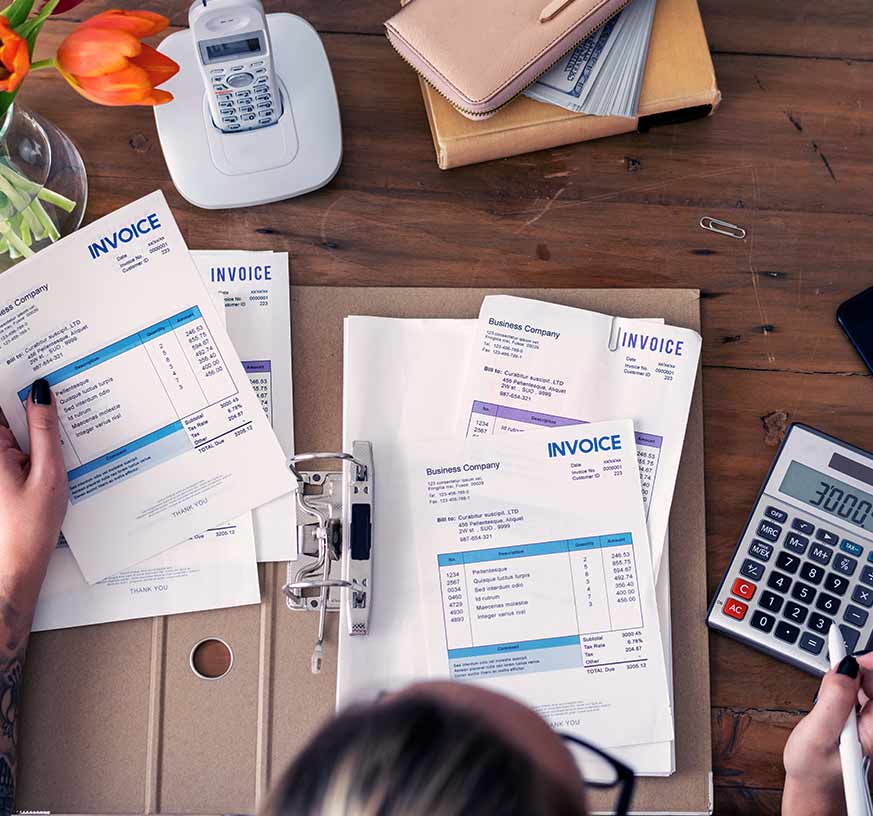Having the right documents needed for a business loan before applying and submitting your application will save you a great deal of time and back and forth. This is especially true if you’re considering traditional bank loans or Small Business Administration (SBA) loans. By ensuring you have all the necessary paperwork on hand, you can avoid long wait times and streamline the loan application process, getting funds into your account faster. Find our comprehensive list of required documents you’ll need for a small business loan.
Personal, Business, & Other Legal Documents
Personal identification documents (government-issued forms of identification):
- Passport
- Driver’s License
- State Identification (ID) card
- US Military Card
- Permanent Resident Card
Business identification documents (government-issued forms of legitimacy):
- Business License
- Articles of Incorporation
- Employer Identification Number (EIN)
- Business Registration Documents
- Permits and Licenses
Ownership Information:
- Owner’s Tax Return with Section C
- Certificate of Incorporation
- Partnership Agreement
- Stock Certificates
- Sales or Purchase Agreement
Other Legal Documents:
- Contracts & Agreements (lease, rent, supplier, etc.)
- Intellectual property (Patents, trademarks, copyrights)
Financial Records
Lenders typically require financial records to assess the creditworthiness and financial stability of the business. The specific documents may vary depending on the lender, type of loan, and loan amount. These are the most common types of financial records lenders may request from you:
Business Financial Statements: This includes income statements (profits and losses), balance sheets, and cash flow statements.
Business Tax Returns: Lenders typically require the past two to three years of the business’s filed tax returns.
Bank Statements: Lenders often ask for three or more months of bank statements to review cash flow and account balances.
Business Debt Schedule: A debt schedule includes all the outstanding debts and liabilities of the business including loans, credit lines, and leases.
Accounts Receivables & Accounts Payable: This report provides lenders with information on the amount owed to the business by customers and the amount the business owes to suppliers.
Personal Financial Statements: In some instances, especially in the case of a sole proprietorship, lenders may request you to provide personal financial statements.
Collateral Documents: If the loan you are applying for requires collateral, you must provide documentation of ownership and the value of the collateral.
Collateral & Asset Documents
Below are specific documents that show proof of ownership and the value of different types of assets:
Real Estate:
- Property Deeds
- Property Appraisal
- Property Title
Equipment:
- Purchase Invoice or Receipt
- Equipment Appraisal
- Maintenance Records
Vehicles:
- Vehicle Registration
- Vehicle Appraisal
- Vehicle Title
Inventory:
- Inventory List
- Inventory Receipts or Invoice
- Inventory Valuation
Stocks:
- Stock Certificates
- Investment Statements
Business Plan
Lenders may ask for a business plan to gain insight into your business and learn about its needs and forecasts. A business plan outlines the goals, strategies, and financial forecasts of a business. It provides a comprehensive overview of the business’s operations, target audience, competitors, and future growth plans. Here is a general outline of what should be in your business plan:
Plan Summary: Provide an overview of the business idea, goals, and key highlights.
Company Description: Describe the business, its industry, mission statement, target market, and your unique competitive advantage.
Market Analysis: Conduct deep research on your industry, target audience, and competitors, Identify trends, customer needs, and gaps in the market.
Product or Service: Outline the products or services your business offers and explain what makes them unique and their benefits.
Team Structure: Introduce your management team and describe their roles and responsibilities and highlight their career achievements if relevant to the business.
Marketing, Advertising, & Sales Strategy: Explain how you will market your business and reach your target audience and convert it into sales.
Financial Projections: Include a detailed financial forecast including income statements, balance sheets, and cash flow statements.
Funding Request & Use Plan: Specify the amount you are requesting and outline how it will be used.
Risk Analysis: Identify potential risks your business may face and provide strategies to mitigate them.
Please note that specific documents needed for a business loan vary from lender to lender. The information provided above is intended to offer general guidance and understanding. Please consult with individual lenders to understand their specific requirements.
Tips to Organize and Prepare Documents
- Review the loan requirements.
- Create a checklist for required documents.
- Gather all financial, legal, and personal documents.
- Keep all required documents for a loan in a folder physically and digitally.
- Review and update documents regularly.
How To Apply
- Enter your requested amount and required information to be matched with a lender
- Once matched with a lender, you Will be directed to fill out an application on the lender’s website.
- Make sure you have the required documents on hand – for most SmallBusinessLoans partners, you’ll need your credit scores and bank statements.
- Then, you can discuss the terms with your loan specialist to make sure you’re comfortable with the loan terms.
- Once all documents are received and the loan is approved, most businesses receive their funds in as little as 24 hours.
Ready to get started with SmallBusinessLoans? Apply now.

















